Are you struggling to decide between a bullet journal and a traditional planner to help you stay organized? With the plethora of planning systems available, it can be challenging to find the best fit for your needs.
In this post, we'll be discussing the differences between bullet journaling and traditional planners. This way, you can make an informed decision about which one is best suited for your lifestyle and needs!
Planner vs. Bullet Journal Comparison
The Bullet Journal was originally created by Carol Ryder. There is a specific Bullet Journal Method that you can use with any dotted notebook. Today, we'll be referring to bullet journaling, which is simply using a dotted notebook for whatever purpose you need it for!
Planners are much more structured, and usually allow you to block your time, see your week at-a-glance, and have preset layouts that you can use to improve your life.
| Bullet Journal | Planner | |
| Schedules | No | Yes |
| Make your own trackers | Yes | No |
| Can decorate pages | Yes | Yes |
| Customizable | Yes | Sometimes |
| Index to Navigate | Sometimes | Yes |
| Page Numbers | Sometimes | Yes |
| Layout Presets | No | Yes |
| Full-page Drawings | Yes | No |
What are the advantages of using a bullet journal?
Bullet journaling has become known for its creativity and customization. With blank pages and dotted grids, bullet journals offer more room for customization, personalization, and creative expression. If you like to draw, bullet journaling is a great choice!
One of the benefits of bullet journaling (or using a dot grid notebook) is that it offers more flexibility in terms of dates and less pressure to conform to a specific structure. This means there is more room to journal, "brain dump", and be as creative as you want.
Bullet journaling's flexibility allows for:
- Tracking habits
- Future logs
- Monthly logs
- Daily logs
- Planning days or weeks
- Journaling
- Drawing
- Note-taking
- Keeping track of important dates
Bullet journaling and traditional planners are two popular methods of planning and organization that offer unique benefits for different types of people. If you're a creative person who loves to customize and personalize everything, then bullet journaling might be the perfect option for you. With its dotted grids and blank pages, bullet journaling provides endless opportunities for creative expression, which can be both fun and fulfilling. You get to make it your own and turn each page into something that reflects your personality and style.
While bullet journaling can be time-consuming and requires more effort, it provides an incredible level of flexibility and can be easily adapted to fit your needs. You can track your habits, plan your weeks, or even create a full planner from scratch. The creative freedom and satisfaction that come with bullet journaling can make the effort and expense of the supplies well worth it.
What are the advantages of using a planner?
On the other hand, traditional planners provide a more structured approach to planning and are ideal for people who don't have the time or inclination to spend hours designing their spreads.
The framework is already laid out for you, and you don't need to worry about setting up spreads. Planners are straightforward and easy to use, with limited space for artistic expression.
Excellent for time-management: They're perfect for those who need to improve their time management and see their schedule with ease. With a scheduled planner, you can effortlessly time block your activities.
They often have built-in page numbers for easy navigation, and you can see your week or month at a glance.
While traditional planners lack the personalization and creative expression that bullet journaling provides, they make up for it in simplicity and ease of use. They're ideal for people who are always on the go and need a quick and efficient way to plan their day without the hassle of additional materials.
What are the drawbacks of bullet journaling?
Bullet journaling, despite its popularity among those who love customization and creativity, isn't without its drawbacks. Like any creative process, bullet journaling can lead to creative burnout and easy loss of motivation.
1. It's time-consuming: Bullet journaling can be more time-consuming than traditional planners. A bullet journal requires regular input and design, which can be time-consuming. This can be particularly daunting for those with busy schedules or for whom drawing and designing do not come naturally. The necessity to continually create new layouts and designs can lead to what is sometimes termed 'bullet journal burnout', where the maintenance of the journal becomes overwhelming.
2. It can be costly: Another disadvantage is the potential cost. While a basic notebook and pen are all that's technically needed to start, the culture surrounding bullet journaling often celebrates artistic spreads that may require an assortment of pens, markers, washi tapes, and other accessories. This can make bullet journaling an expensive hobby, especially for those who feel compelled to keep up with elaborate designs and trends seen on social media platforms.
3. It lacks structure: The flexibility that makes bullet journaling appealing can also be a drawback. Without the structure of a traditional planner, it can be easy to become disorganized or lose track of important tasks and dates. For individuals who thrive on clear structure and minimal layout design, the open-ended nature of a bullet journal can be more of a burden than a benefit.
4. It can generate a lot of pressure: The pressure to create aesthetically pleasing journals, often fueled by social media, can detract from its primary purpose as a productivity tool. The comparison with highly artistic bullet journals found online can lead to feelings of inadequacy and discourage users from continuing with the system, especially if their journal doesn't meet these perceived standards of beauty and creativity.
Bullet journaling can be a great choice for creative people who want to combine practicality and creativity. It can help you stay organized, visualize your goals, and reflect on your progress. While it can be more time-consuming and supplies can become expensive, the flexibility, customization, and personalization that bullet journaling offers make it a worthwhile investment for many people.
What are the drawbacks of using a planner?
While traditional planners are praised for their structured layout and simplicity, they do come with certain limitations.
1. It has a more rigid structure: One of the primary drawbacks of planners is their inherent rigidity. Unlike bullet journals, which offer limitless possibilities for customization, planners often come with pre-determined layouts and limited space. This can be restrictive for those who desire more freedom in tracking various aspects of their life or who find that their planning needs evolve over time.
2. Using a dated planner can be frustrating for some people: If you miss a few weeks or months, those pages are wasted, which can be irritating.
3. Planners can lack space for spontaneity: If planners don't have adequate note pages, it can be difficult to create pages that are your own. This can be a significant disadvantage for people who use their organizational tools not just for appointments and tasks, but also as a space for brainstorming and personal reflection. In contrast, bullet journals, with their blank pages, provide ample room for such activities.
In summary, while planners are excellent for structured, straightforward planning, their rigidity, lack of customization, potential for wasted space, and limited room for personal expression and additional note-taking can be significant drawbacks for some people.
Is there a case for both?
Writing down goals, whether in a bullet journal or planner, can help narrow your focus and provide short-term motivation. Putting your goals in writing helps turn them into specific, measurable objectives that can be tracked and reviewed regularly. Having written goals also allows you to review and check your progress easily, providing a visual of completion that can be incredibly satisfying.
One of the most significant benefits of using a bullet journal or planner is that it helps you prioritize tasks and responsibilities, keeping you organized and on track. It can help prevent scattered sticky notes and task reminders around your workspace, reducing clutter and providing a sense of calm and focus.
Another advantage of bullet journaling and planning is the passionate communities on various social media platforms that can provide inspiration and encouragement. However, it's essential to remember that the community can sometimes encourage unrealistic or exhausting standards and expectations. It's crucial to focus on setting achievable goals and not to compare yourself to others.
Tracking both long-term and short-term goals can provide a clear path forward, making it easier to stay motivated and on track. Additionally, using a bullet journal or planner can be an outlet for stress relief, allowing you to "dump" all of your due tasks and responsibilities onto the page, freeing up mental space and reducing anxiety. Ultimately, whether you choose a bullet journal or planner, the act of writing down goals and tasks can help you stay organized and focused, improving productivity and reducing stress.



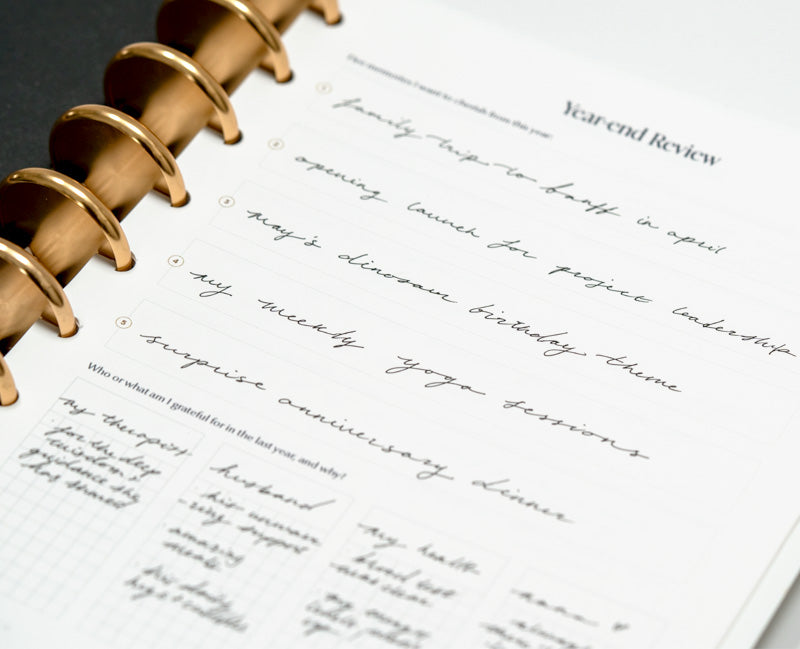

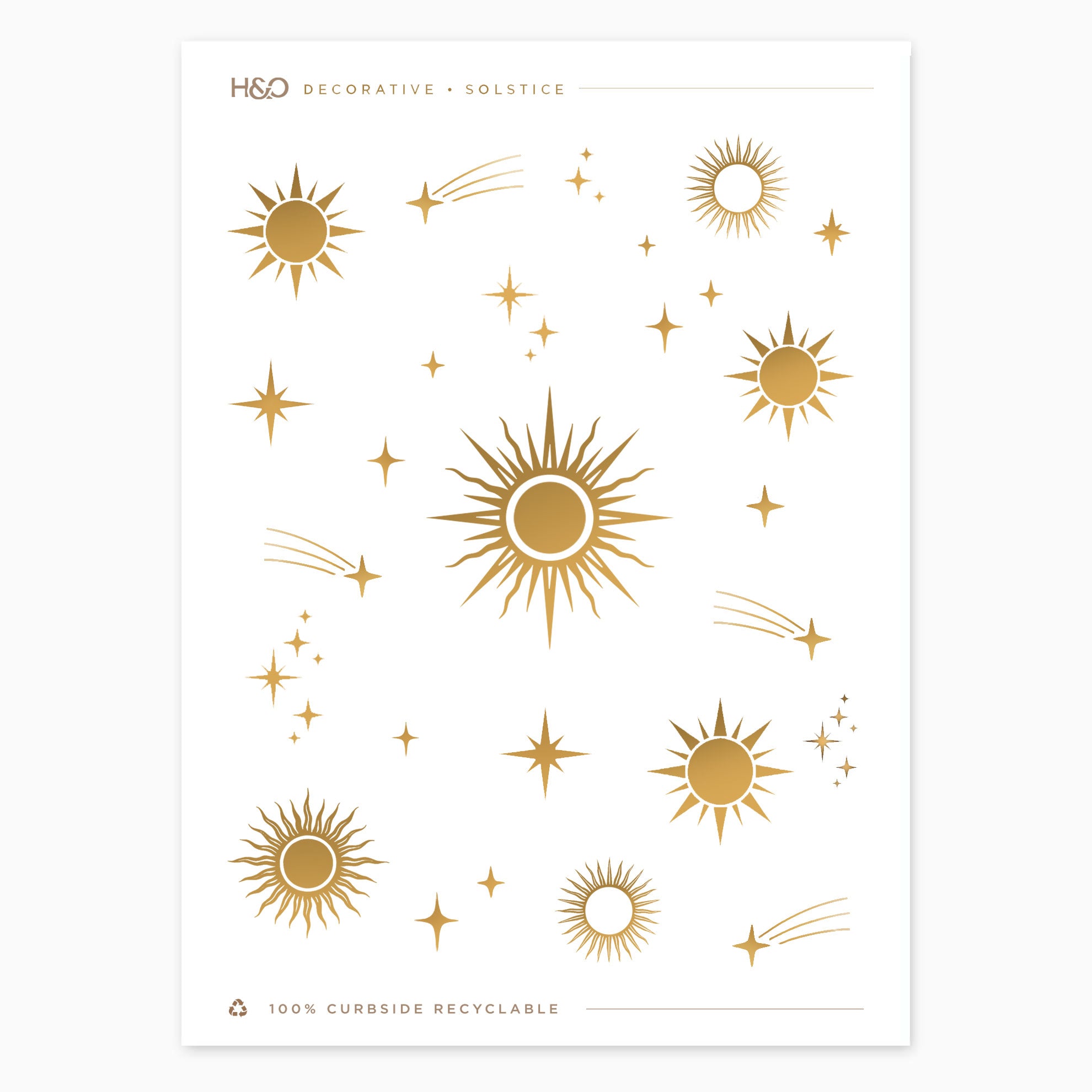
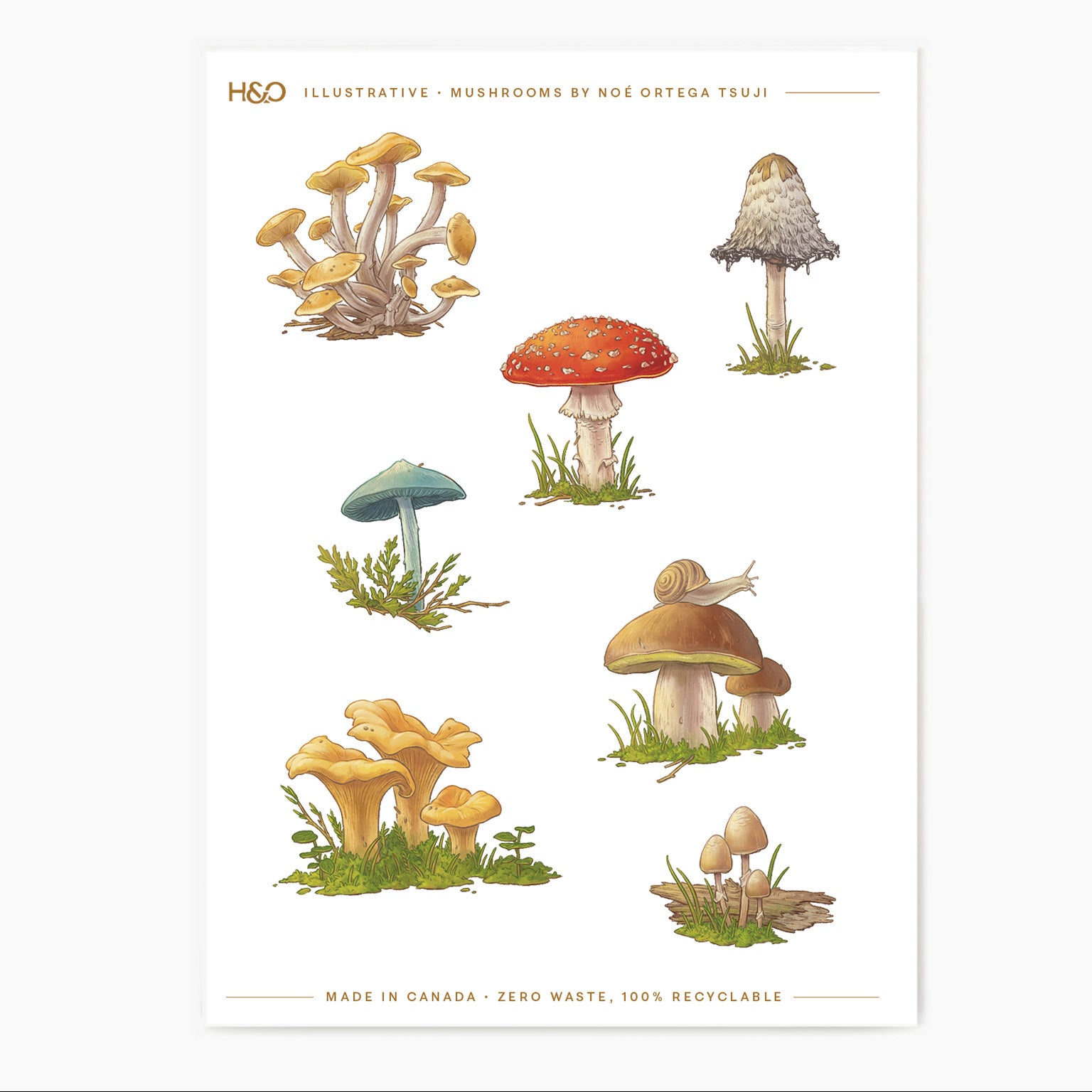
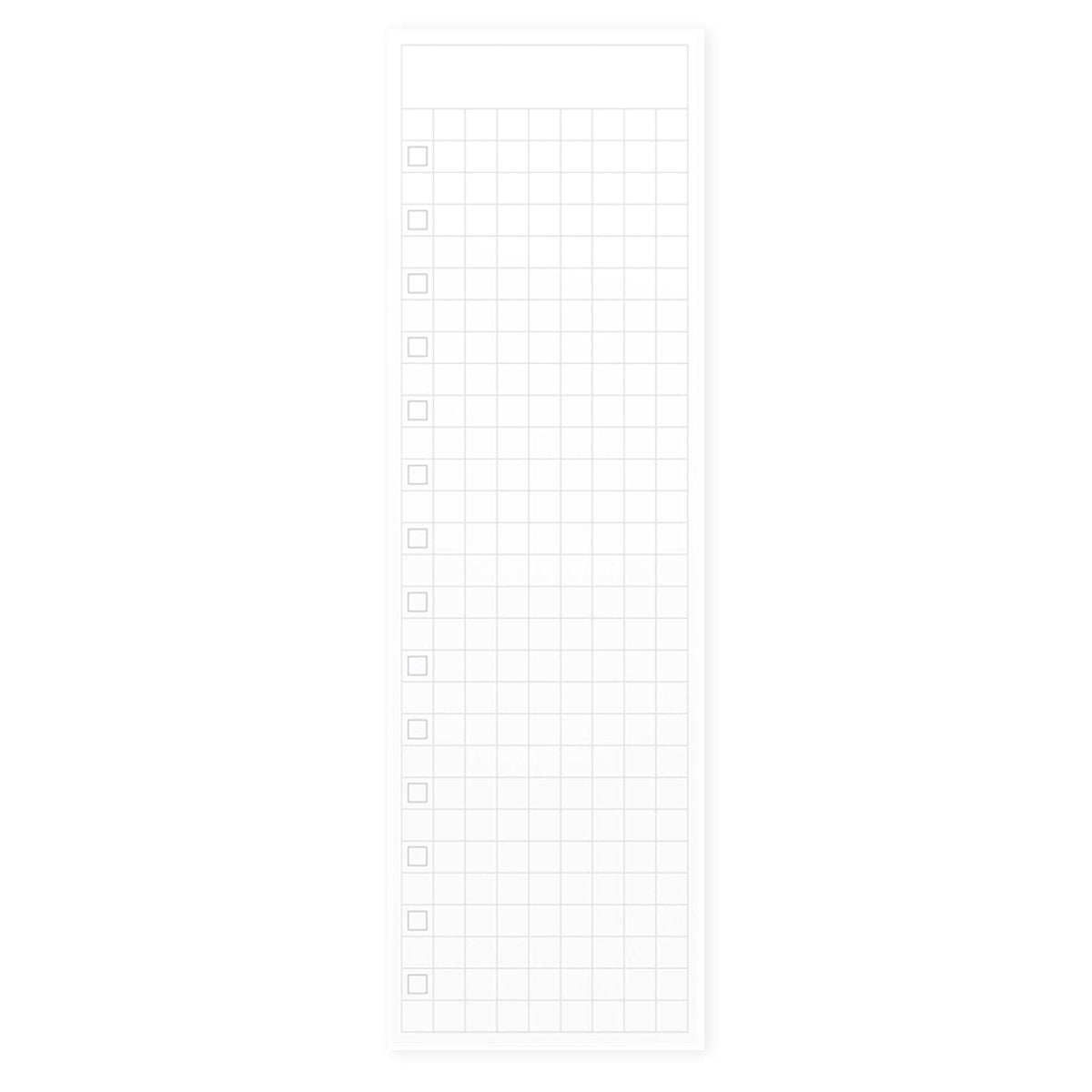
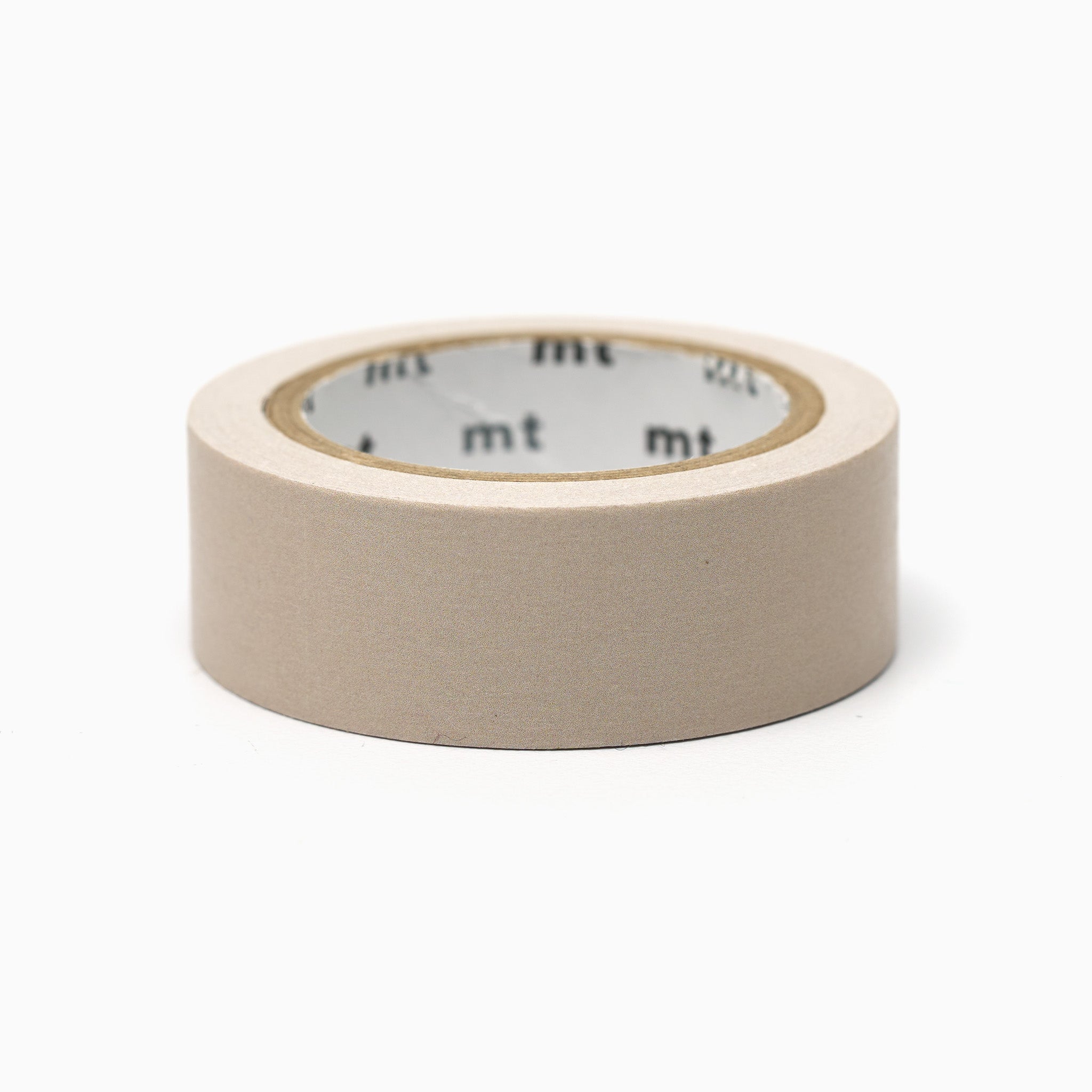
Leave a comment
All comments are moderated before being published.
This site is protected by hCaptcha and the hCaptcha Privacy Policy and Terms of Service apply.